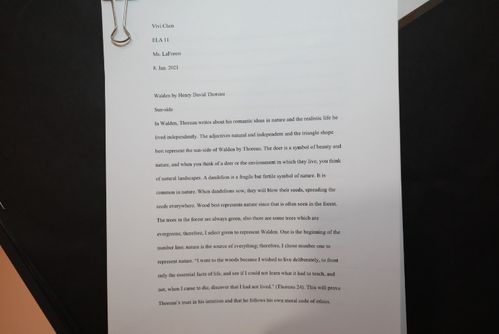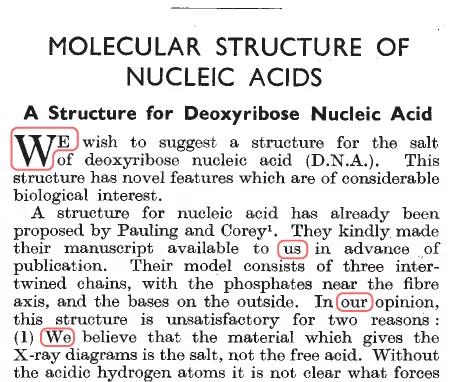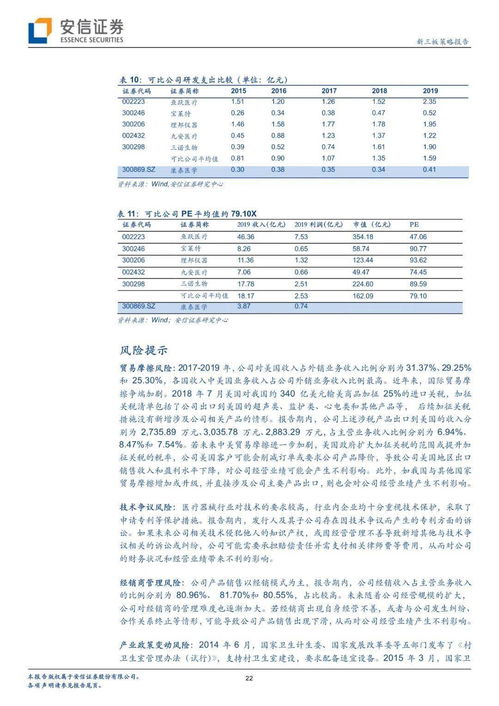Romanticism and Realism in English Literature Through the Lens of Mandala Painting

The literary movements of Romanticism and Realism in English literature represent two distinct yet interconnected approaches to art and human experience. While Romanticism emphasizes emotion, imagination, and the sublime, Realism focuses on depicting ordinary life with accuracy and objectivity. This essay explores these contrasting movements through the metaphorical framework of mandala painting—a spiritual and artistic practice that symbolizes wholeness, balance, and the interplay between ideal and reality.
Romanticism, flourishing in the late 18th to mid-19th century, can be likened to the vibrant, symbolic, and often chaotic beauty of a mandala. Just as a mandala represents the universe in spiritual traditions, Romantic literature seeks to capture the vastness of human emotion and the sublime power of nature. Writers such as William Wordsworth and Samuel Taylor Coleridge celebrated individualism, intuition, and the transcendent qualities of the natural world. In Wordsworth’s "Lines Composed a Few Miles Above Tintern Abbey," the poet’s emotional response to nature mirrors the intricate patterns of a mandala, where every element contributes to a harmonious whole. Similarly, the gothic elements in Mary Shelley’s "Frankenstein" reflect the darker, more complex aspects of the mandala—symbolizing the human psyche’s depths and the consequences of unchecked ambition.
In contrast, Realism emerged in the mid-19th century as a reaction against Romantic idealism, much like how the structured, precise lines of a mandala can represent order amid chaos. Realist authors like George Eliot and Thomas Hardy aimed to portray society and human behavior with unflinching accuracy, focusing on everyday struggles and social issues. Eliot’s "Middlemarch," for instance, dissects the lives of ordinary people in a provincial setting, akin to how a mandala’s geometric patterns reveal underlying order and truth. The novel’s attention to detail and psychological depth aligns with the meticulous craftsmanship of mandala art, where every stroke serves a purpose in depicting reality.
Interestingly, the mandala itself serves as a bridge between these two movements. Its symmetrical design embodies the Realist pursuit of balance and truth, while its symbolic richness echoes the Romantic emphasis on imagination and spirituality. For example, in Emily Brontë’s "Wuthering Heights," elements of both Romanticism and Realism coexist—the passionate, almost supernatural love between Catherine and Heathcliff contrasts with the harsh, realistic depiction of social class and moral decay. This duality mirrors a mandala’s ability to encompass both chaos and order, ideal and real.
In conclusion, analyzing Romanticism and Realism through the metaphor of mandala painting enriches our understanding of these literary movements. Romanticism, with its focus on emotion and the sublime, resembles the expressive, symbolic layers of a mandala, while Realism’s commitment to truth and detail reflects its structured form. Together, they illustrate the enduring human quest to reconcile imagination with reality—a theme as timeless as the mandala itself.
如若转载,请注明出处:http://www.lw-sky.com/product/216.html
更新时间:2025-12-12 05:08:08









